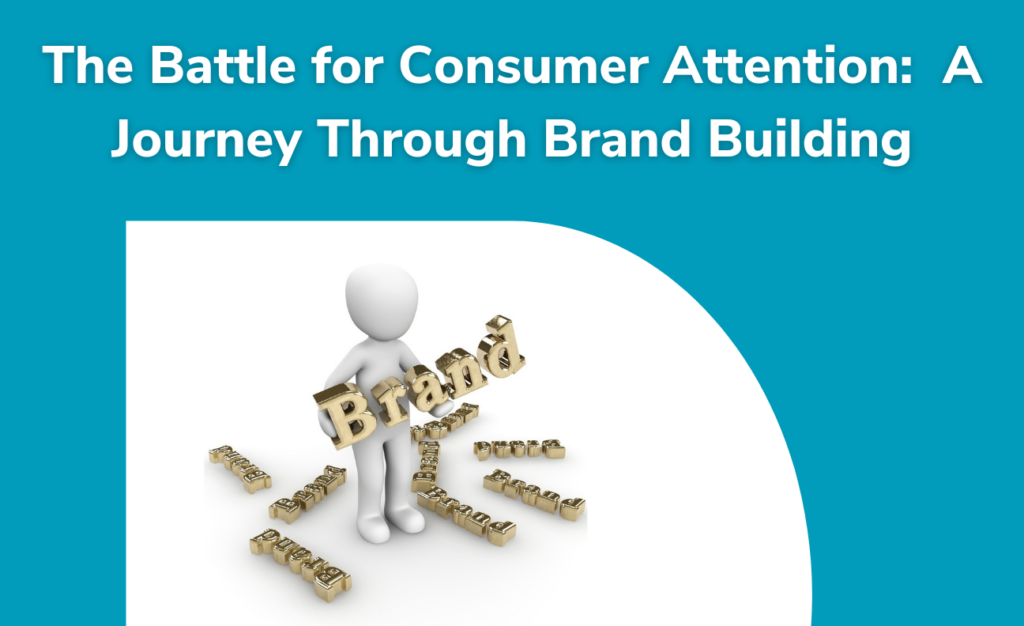The inspiration for this blog comes from a recent article by Michael Skapinker on the Financial Times. You can read the original article here.
In 2018, a Starbucks coffee shop in Philadelphia called the police when two black customers asked to use the toilets. Does that sound ridiculous? Of course.
But, what followed was even more ridiculous. Starbucks closed down 8,000 of it’s US shops to train employees on diversity. And, what more, results show that the training did not bring much behavioural change while bringing a limited attitude change.
In other words, the employees simply changed their attitude towards diversity rather than the underlying behaviours.
Understanding this difference between attitude and behaviour can make or break your business.
Behaviour vs Attitude
According to the ABC model, an attitude has three components: affective, conative, and cognitive.
First, the affective component is simply a feeling. For example, being scared or happy.
Second, the conative component is a reaction or more broadly, a behaviour. For example, jumping when scared or happy.
And, finally, the cognitive component entails beliefs and knowledge towards an object. For example, happiness when seeing a loved one.
We tend to assume a linearity between behaviour and attitude. And, this is where the problem begins.
The Disparity Between Attitude and Behaviour
If humans were rational, we would behave in line with our attitude. But, we are semi-rational.
We believe that drinking and smoking are bad, but we may still drink and smoke. In other words, our behaviour is not in line with our attitudes.
If you would like to learn further about human semi-rationality and its effect on business, check the blogs below:
- When Rationality Goes out of the Window – Understanding Business Limits
- Words into Reality – Why Target Experiences, Rather than Truths
- Don’t Think Outside the Box – Why Break the Box with Parallel Thinking
It is important to understand here that a behaviour is an underlying human component. And, as a result, it is harder to target and change it in our favour.
You may create the right feelings and instill a belief quicker, but it is far harder to change people’s behaviour.
It just takes longer.
And, if you are confusing attitude with behavioural change, your business is making a huge mistake. You need to put the right structures in place and keep working towards them, instead of treating customer behaviour as a linear and easily tamable entity.










